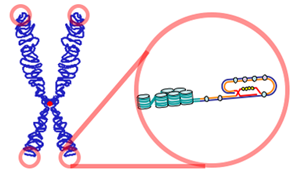Also discussed here: Living near major roads is associated with increased dementia risk, study finds (Susan Mayor, The British Medical Journal, Jan. 5, 2017)
And here: Living near major traffic linked to higher risk of dementia (Public Health Ontario, Jan. 4, 2017)
And here: Does Living by a Busy Road Boost Dementia Risk? Exposure to heavy traffic tied to cognitive decline (Alexandria Bachert , MedPage Today, Jan. 4, 2017)
Today we review a study with over 6.5 million people living in Ontario that examined the impact of living near high traffic roadways and the incidence of dementia, the first time such a study has been conducted in Canada. Results indicate a 7 percent higher risk for those who live within 50m (half a city block)compared to those who live more than 200 m from these roadways who have no higher risk. The specific pollutants found responsible include PM2.5 and NO2. Interesting that other neurological disorders such as Parkinson's disease or multiple sclerosis were found to not have a higher risk.

Key Quotes:
“Dementia is more common in people who live within 50 metres of a major road than those who live further away.. up to one in 10 (7-11%) cases of dementia among those who live within 50 metres of a major road [1] could be attributed to traffic exposure”
“While there was no association between living near a road and Parkinson's disease or multiple sclerosis, dementia was more common the closer people lived to busy roads.”
“The risk of developing dementia reduced as people lived further away from a main road - with a 7% higher risk in developing dementia among those living within 50 metres, a 4% higher risk at 50-100 metres, a 2% higher risk at 101-200 metres and no increase in risk in those living more than 200 metres away.”
"Our study suggests that busy roads could be a source of environmental stressors that could give rise to the onset of dementia. Increasing population growth and urbanisation has placed many people close to heavy traffic, and with widespread exposure to traffic and growing rates of dementia, even a modest effect from near-road exposure could pose a large public health burden. More research to understand this link is needed, particularly into the effects of different aspects of traffic, such as air pollutants and noise."
"The significant association of newly diagnosed cases of dementia in the study period between 2001 and 2012 with the proximity to traffic road less than 50 m-300 m versus more than 300 m, and the robust observation of dementia involving predominantly urban versus rural residents, opens up a crucial global health concern for millions of people..”
“exposures to nitrogen dioxide (NO2) and fine particulate matter (PM2.5) on the basis of postal code addresses were related to dementia, and adjusting for these two pollutants attenuated its association with roadway proximity. This showed that the effect of living near a busy road may, at least in part, operate through this mechanism”









































